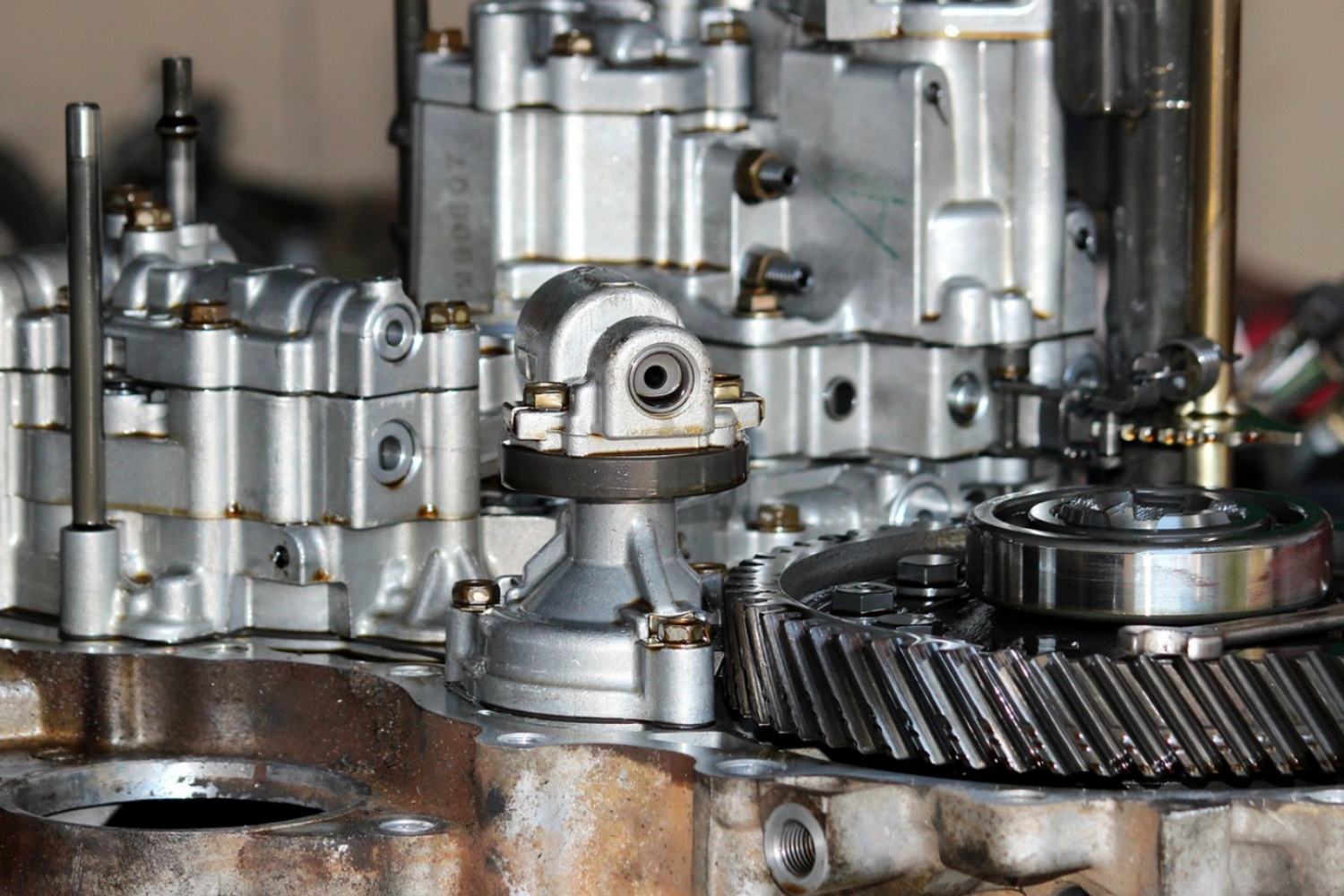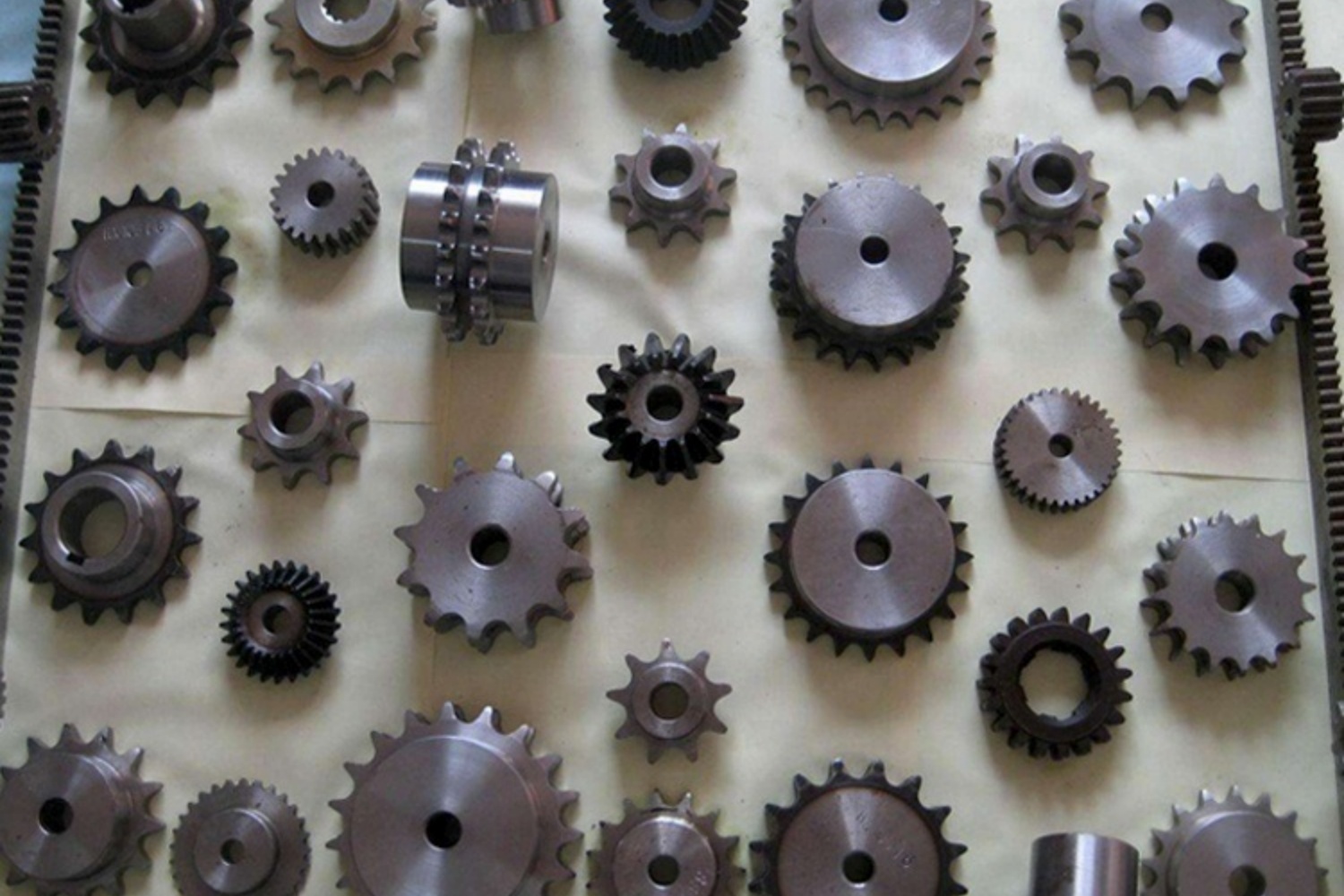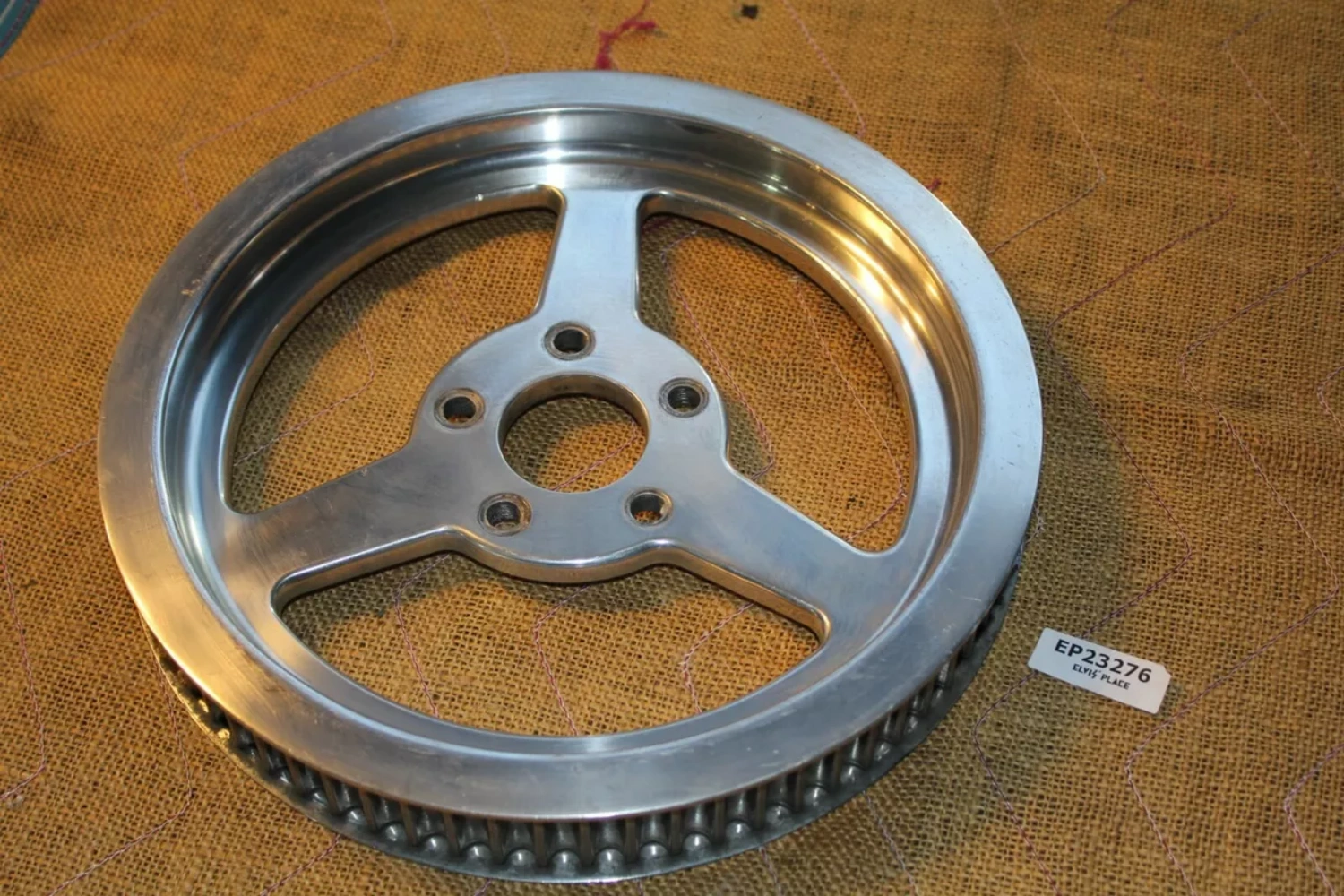The heat treatment process of the material includes annealing, normalizing and quenching and tempering. The purpose of heat treatment is to improve the processing performance of the material, eliminate internal stress and prepare a good metallographic structure for the final heat treatment.
Annealing and normalizing process
Use normalizing to heat the product to 730℃-930℃, and after holding it with the heat preservation for a period of time, take out the product from the furnace, and then use cooling or water spraying, industrial fan blowing and other rapid cooling processing technology.The purpose is to homogenize the molecular structure distribution inside the material, thereby improving the processing performance of the material.
For carbon steel and alloy steel with a carbon content of more than 0.5%, annealing treatment is often applied with these materials, in order to reduce the hardness of the material and facilitate cutting process.
Annealing and normalizing are generally arranged after the sprocket blank is manufactured and before rough machining.
Tempering treatment
Low carbon steel material adopts quenching and tempering treatment. Quenching and tempering is a heat treatment method of tempering the material at a high temperature of 500-650 degrees after quenching.Quenching and tempering can make the performance and material of steel be adjusted to a large extent, and the strength, plasticity and toughness of the material can also be improved, so finally the better mechanical properties can be achieved.
CONTINUE READING
Related Posts
In the world of machinery, understanding each component’s function is crucial for anyone involved in the field, whether professionally or […]
Custom sprockets stand as testament to the precision and innovation inherent in modern engineering. Each custom sprocket begins its journey […]
Pulleys, often underestimated, are critical in many applications, from the precise positioning required in high-tech machinery to the brute force […]




